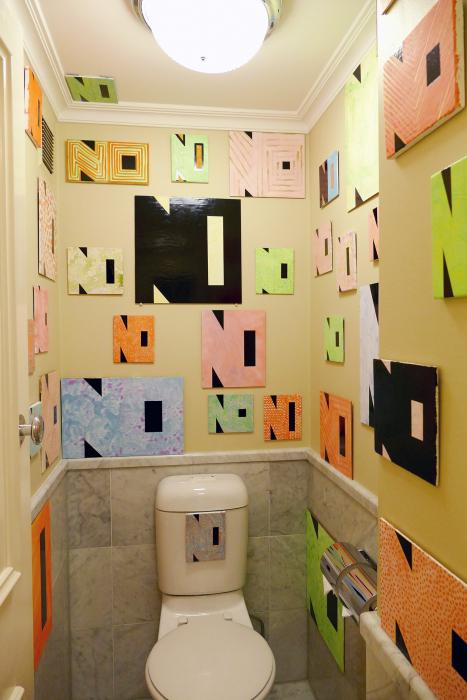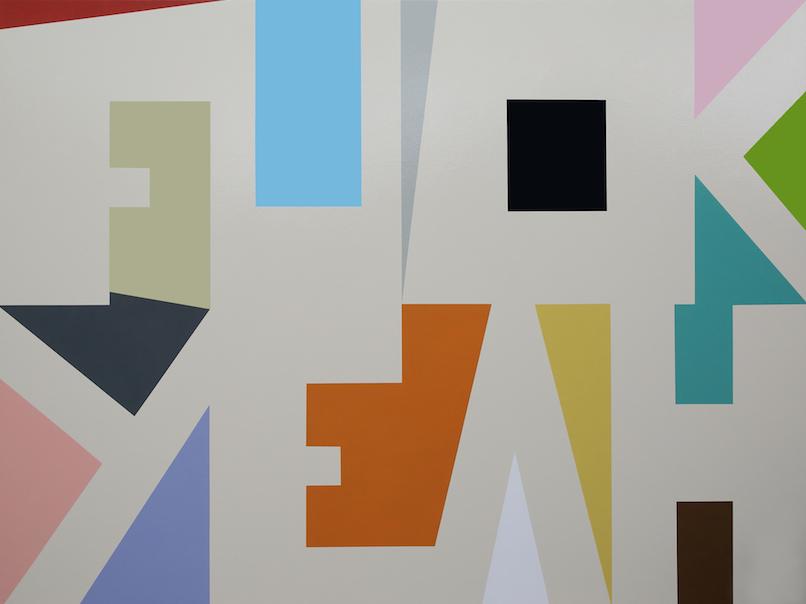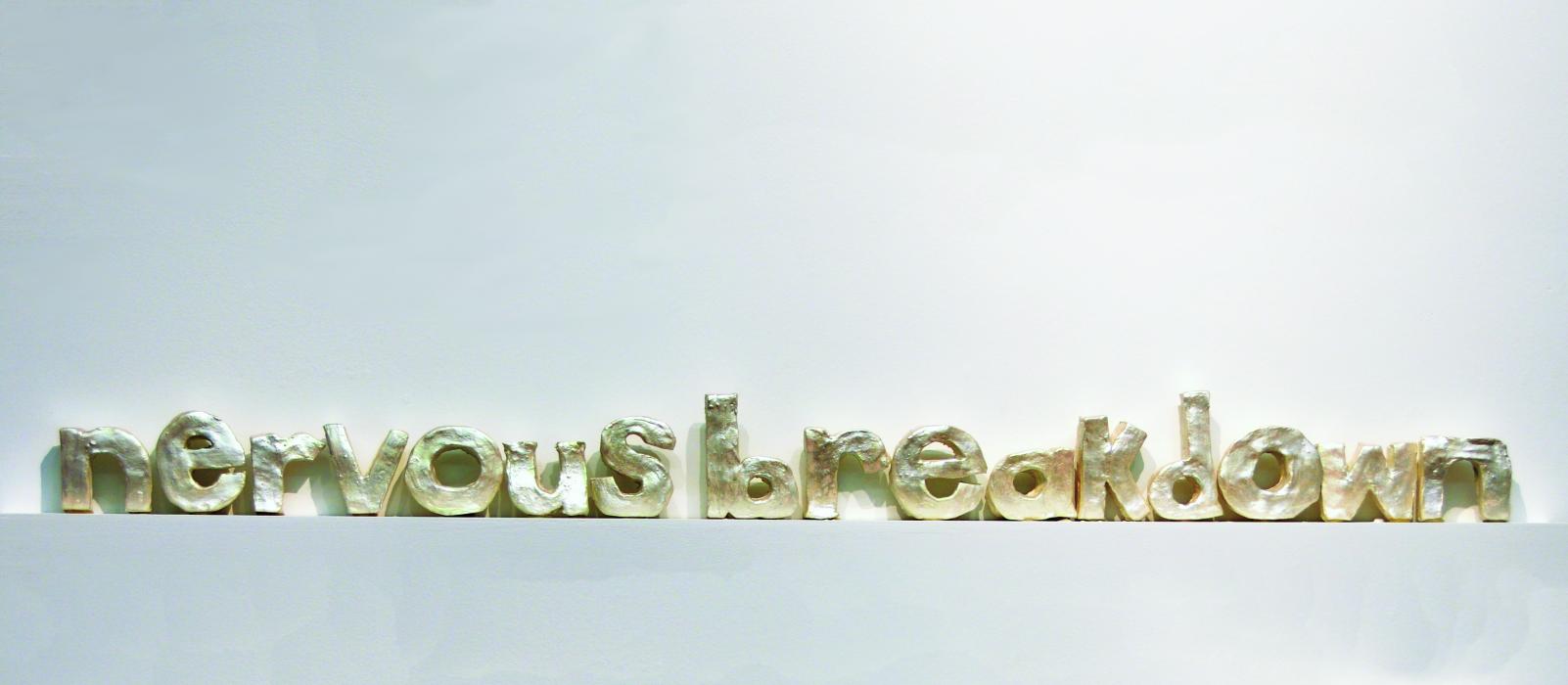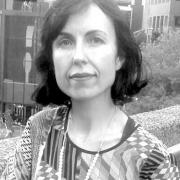Writing. More Writing
Ever since the mid-1990s when the Internet took up residence in our collective homes, hearts, neurons and nervous systems, it has been mooted and bruited that art criticism is in crisis. Like all forms of writing longer than a tweet or a text in this wired, sound bite and image-hungry planet, art criticism’s relevance and raison d’etre has been picked apart. Criticism is routinely criticised for being either too intellectual, or not intellectual enough. It is, variously, accused of being jargon-laden and opaque, or market-driven and simplistic; of subordinating concepts to form (or vice versa); of being amateur and irrelevant, or in-house and advertorial.
Contradictory complaints accuse art writing of being both infrequent and incessant. One of the first concerns I heard on moving to Melbourne was, ‘We don’t have a platform for regular reviews here.’ Yet almost everyone will simultaneously tell you that they are ‘overwhelmed’ by the art-related information flooding their inboxes and their social media feeds. So why do we keep adding to this ever-accreting mountain of verbiage, by writing, and then, (more) writing?
After a global flurry of panels and round tables, hand wringing and browbeating, art criticism, along with numerous outlets for its dissemination, continues to proliferate. For better or worse, a wider range of people than ever before are writing about art, and some of it is even being read, in spite of James Elkins’ gloomy 2003 assertion, that art criticism has become ‘massively produced, and massively ignored’. Thirteen years on, the problems and polarisations in art criticism are probably worse than ever, but the anxiety about its crisis has become just more noise, something else to filter out of the daily feed.
If we’re no longer interested in critics and their critics bemoaning the state of criticism, what does make it through our filtration systems, our scroll and delete functions? At the risk of raising hackles – or bile – I’d like to propose a few foggy notions that might contain the inchoate germs of clickability – things like community, connection, and maybe, even, curiosity. For it’s the ties that bind IRL, in Face Time, or meatspace, or whatever word you have for the consensual hallucination that passes for reality, that still motivate us as we navigate the net. The desire to know everything is always mediated by what and whom we already know. All the wormholes we lose ourselves in, in that Gnostic motherload of information in the ether, necessarily begin in our own backyards.
It’s at this site of teeming terra (which was certainly never nullius) that we begin: earth, land, backyard, country. The land where this ethereal, cloudy prose emanates from is known as Australia (again, a consensual hallucination), but this moniker cloaks an amorphous entity which, we hope to demonstrate, means many things to many people. Indeed, to be grounded needn’t signify stasis; rather, it’s the medium from which we either emerge and spread over the surface, like rampant weeds, or through which we tunnel via subterranean, mycelial networks. ‘Australians’ (for want of a better word) are adept at making use of networks, across a vast country and an even more expansive globe. They are always already Double Agents, travelling, living and working elsewhere, infecting the north with antipodean perspectives, but simultaneously parlaying information back to base. (1)
Acknowledgement is due here to Semiotext(e)’s Foreign Agents series that introduced a range of French theory into the Anglophone world in the 1980s. In the 1990s, Semiotext(e) added a Native Agents imprint – American fiction that lived these theories as praxis. A + A Online provides, not an ink and paper imprint, but a zone of indeterminacy for the Double Agent, who daily negotiates the dual vision of the decolonial antipodean, within Australia, and abroad, or, Home + Away.
Binaries have us in a headlock (literally, since the hemispheres of the brain are made to play this left/right game as well). They include insider/ outsider, centre/ periphery, north/ south, global/ local, and must be problematised, pulverised into molecular smithereens, or fractalised into ever more convoluted (il)logics. Before we get carried away with this constructive dismantling, however, there is one binary with unresolved business. Colonised/ coloniser is a hard knot to untie, and strategic essentialism may be necessary to effectuate justice before we can move into any (de)constructive space beyond.
As we work through these and other issues, whether Home or Away, the ‘double vision’ of the Antipodean, having to see things upside down and ‘right’ way up simultaneously, ought to be proliferated and diversified lest it collapse into a ‘singular vision’. Hence, A + A Online solicits reports from anywhere in the world, from Darwin to Dubai, from Hobart to Ho Chi Minh City. The agency of the double agent is precisely this superpower – to see things from (at least) two angles at once (twice the fun), while an agencement is an assemblage of forces: peoples, places, perspectives, with orgiastic potential.
When 2D becomes 3D a whole universe of complexity, nuance and meaning comes into being. Soon, we will be thinking interdimensionally. In the meantime, A + A Online proposes three Ds to think with; Dispatches: as befits a Double Agent or cultural attaché writing from abroad (intrepid, rather than embedded); Discursions: discursive responses to events and exhibitions; Disquisitions: opinionated, probing, issues-based articles. While the prefix Dis- carries connotations of disrespect, it also acts as a signpost to readers and writers, that A + A Online is not looking for advertorial, market-driven copy but offers a platform for provocations and propositions. (Alliteration, you may have noticed, was always already integral to Art And Australia.) And, if Dis carries connotations of underworld cities and chthonian deities, it is partly in homage to the current editor of the Art + Australia journal and A + A Publishing, Ted Colless, reigning from his subterranean lair.
Colless has interrogated all the semantic nuances of the shift from Art in Australia, to Art and Australia, to Art + Australia in his editorial PLUS, but these ideas pertain to a journal with a long pedigree. Its Online incarnation is in many ways free of such historical baggage, but operates as a bonus, a benefit, a plus one: adjunct and additive, A + A Online offers yet another layer of discourse. It is writing, more writing, so you can do reading, more reading.(3)
(1) All via what Ted Colless calls ‘the qualifying incognitum’ of the ‘legendary antipodes’ in PLUS, his editorial for Art + Australia, Issue Zero.
(2) Of course, if we are to understand NZ as the ersatz 7th state of Australia, this makes New Zealanders Triple Agents. If the secret mission of the dispersed network of Double Agents is to destroy, or at least render borderless the categories of Art + Australia, NZers can help in this regard. I out myself as one of them!
(3) Writing. More Writing, is a riff on the recent Painting. More Painting show at ACCA, conceived by Annika Kristensen and Hannah Mathews, and developed in collaboration with Max Delany.







_0-itok=deLwj_af.jpg)